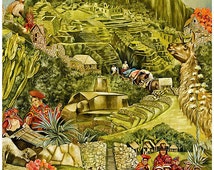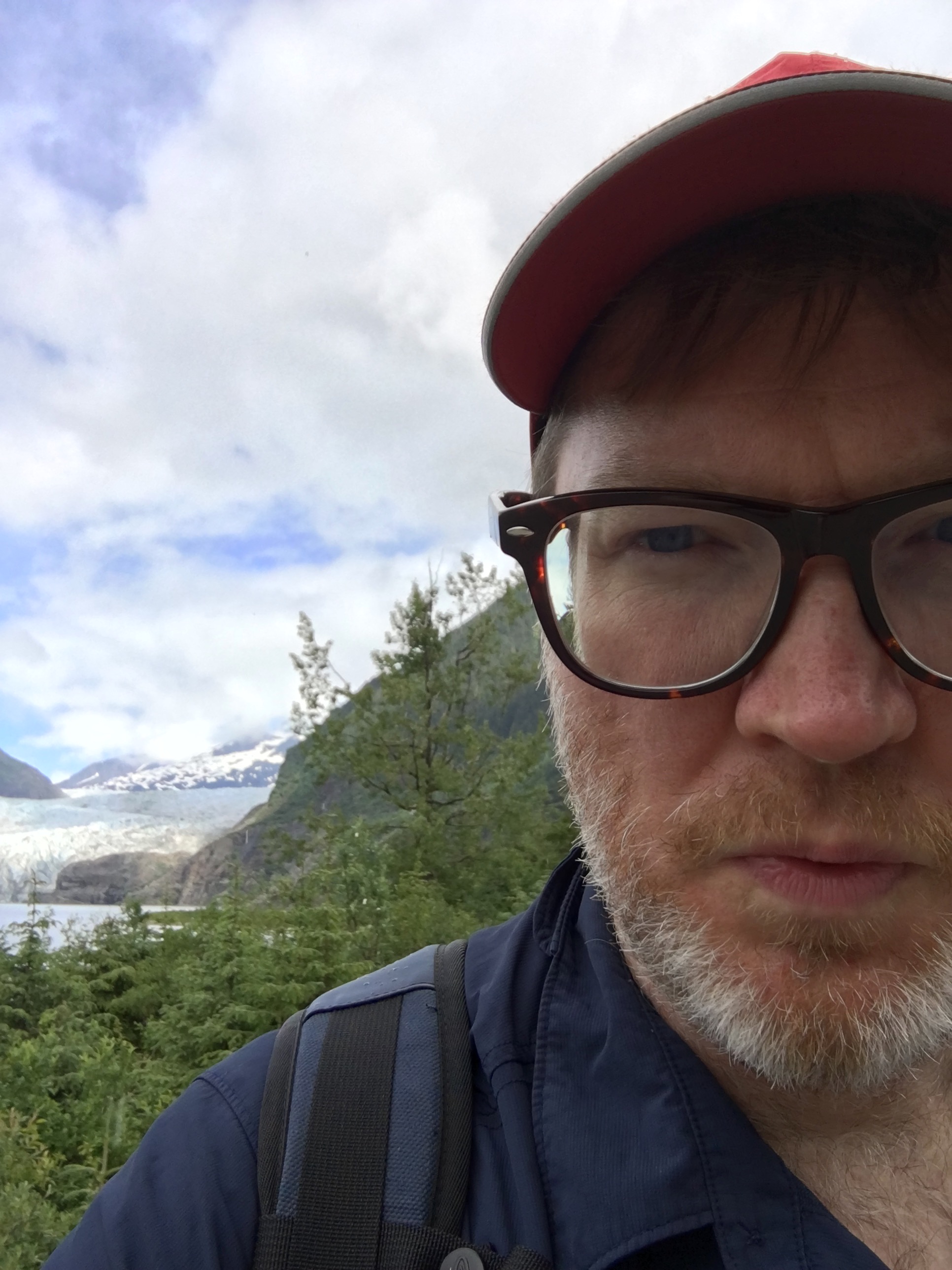

Adams gives us two artist renditions of the geography around Cusco to Machu Picchu. He does so through skilled writing, dangling comparisons, and laying the dominos of fate that makes the reader want to see how he explains the directions in which they fall.Īs a side note, I generally appreciate books that includes maps. I already have a strong background on the topic at hand that Mark Adams will be presenting– he has a critical audience to appease. Having already been to Machu Picchu several times myself, including just last year, and being rather more dedicated to the geography, geology, and nature of Peru and the Andes, at first I was circumspect picking up this book, thinking here is another version, another tale made to capitalize on the fame of a locality, suspecting the worst. The hook is set, the reader has become the baited fish.Īdams builds on rapid sucess in Chapter one by setting the context, filling in details about the discoverer of Machu Picchu, Hiram Bingham III, giving the background of his life experiences that would ultimately combine for Bingham making a major revelation in the field that millions of people will make pilmagagres to behold. He introduces the apparent controversy over a widely known famous personality, and then quickly goes about introducing a plan. Mark Adams steps into the active role of field investigation of a hallmark tourist destination that calls to historians, followers of UFOs, New Age reinterpretionists, and Bucketlist adventurers.

When reading a new book one often knows early on whether not the story will be worthwhile, “Turn Right at Machu Picchu” is one of those that quickly earns your confidence to continue turning the pages.


 0 kommentar(er)
0 kommentar(er)
